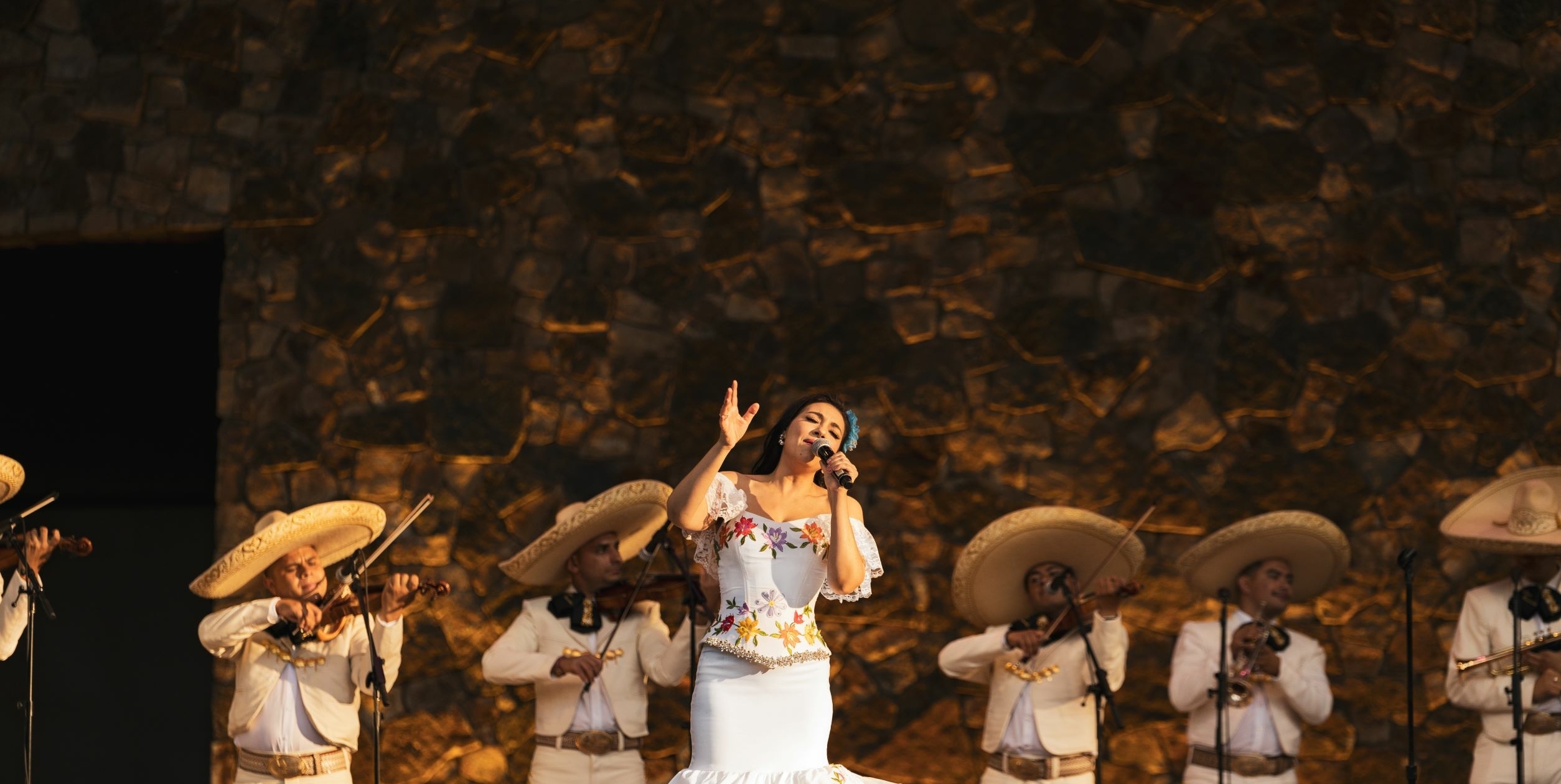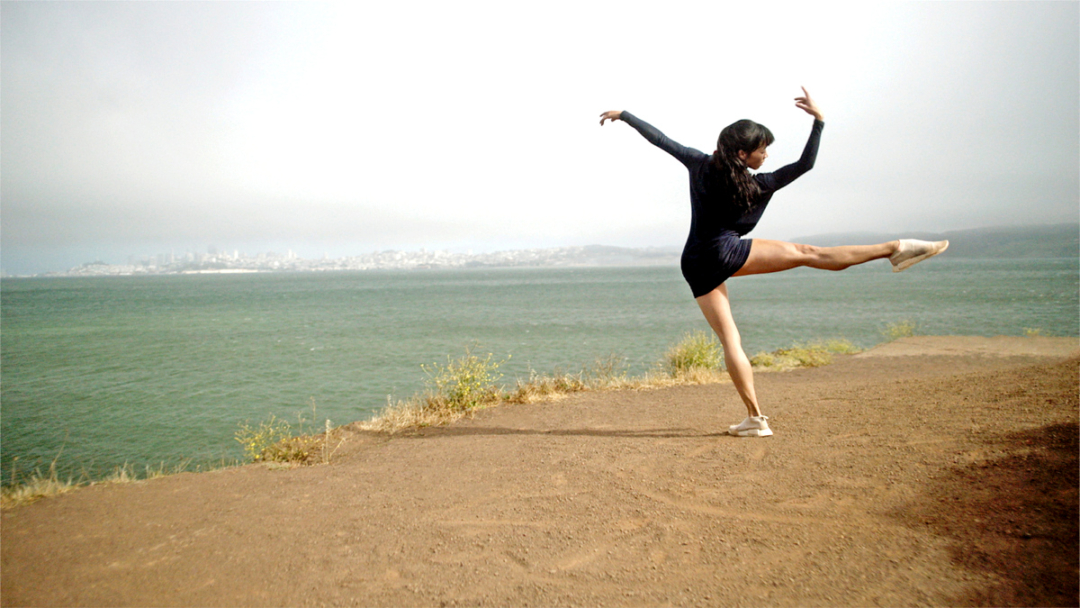Access to the Arts: Engaging new audiences in creative ways
Access to the Arts: Engaging new audiences in creative ways
The Koret Foundation’s relationships with many of our arts and culture grantees date back more than three decades. In that time, the Bay Area has undergone a demographic shift. In tandem, advances in technology have changed the ways many people choose to experience culture. We are committed to helping our grantees change with the times, so they remain vibrant and viable, adding to the cultural richness of our community.
Across the country, attendance at “core arts events” (museums, plus opera, jazz, classical music, and dance) continues to decline. As a result, cultural nonprofit organizations are operating in an increasingly competitive environment. In 2000, 39 percent of adults reported attending at least one cultural event that year; a decade later, in 2010, this figure had declined to 33 percent. (Source: National Endowment for the Arts)
For arts organizations to survive and thrive, they must keep pace with the evolving expectations and lifestyles of contemporary audiences. “Contemporary” doesn’t simply refer to Millennials (18 to 34-year-olds), although they are the largest generation in size. The Bay Area is now home to more people over the age of 65, and more people under the age of 18, than ever before. Today, about half of our region’s residents are people of color, compared to slightly less than a third in the 1980s. As the face of the Bay Area continues to change, so do residents’ cultural interests.
The key to sustainability is public participation, which is to say: attendance. For more than a decade now, Koret has supported specific programs devised by local arts institutions to attract new audiences. Grantees’ ideas have been outside-the-box yet logical, fun yet educational, and true to their respective missions. They have proven quite successful in attracting new audiences—and in fostering a new wave of ambitious ideas to broaden each organization’s visibility and value to the greater community.
San Francisco Ballet
San Francisco Ballet will celebrate its 85th season in 2018. The company, under the artistic direction of Helgi Tomasson, has continued to attract superb dancers, innovative choreographers, and considerable acclaim on tour. However, the Ballet, like many arts organizations, realized that its audience overall was aging. In 2015, the Ballet introduced Sensorium, a one-night-only event, to attract its next generation of patrons.
Sensorium is designed to delight younger audiences (21 to 39-year-olds). The main attraction is the ballet performance, two pieces from the company’s repertory, but the rest of the elegant War Memorial Opera House also gets in on the act. It is transformed for the evening into a multimedia midway, offering irresistible opportunities for socializing and selfie-snapping. Keeping the cost of admission low is a priority; in 2017, the ticket price was a modest $29.
The first Sensorium, in 2015, was a great success; the 2016 event was even more so; and the 2017 incarnation was the most enchanted evening yet, attracting nearly 3,000 people, 22 percent of whom had never before attended an SF Ballet performance. In addition to enticing, entertaining, and educating new audiences, Sensorium raises the digerati’s awareness of SF Ballet as they collaborate on interactive pop-up displays for the event.
The spirit of Sensorium has inspired SF Ballet to create a dance experience for audiences outside of the studio and the Opera House. In 2018, SF Ballet will present Unbound Out of Bounds, a 17-day festival showcasing new works by twelve choreographers from all over the world. While these performances will take place at the Opera House, a series of complementary pop-up events will be scheduled in unconventional settings around town.
de Young Museum
The de Young Museum, located in San Francisco’s Golden Gate Park, has been a destination for locals and visitors for well over a century. Significantly damaged by the 1989 Loma Prieta earthquake, the museum would ultimately need to be rebuilt. In October 2005, a totally new de Young Museum opened to the public. Privately financed by a small group of San Franciscans, the building was a philanthropic gift to the city.
During the almost five-year construction closure, the museum board and staff laid the groundwork for ways to engage, and enlarge, the de Young’s 21st century audience. The museum inaugurated its Friday Nights at the de Young programming in 2004. Free museum admission quickly made Friday Nights popular with everyone, from low-income patrons and young professionals to families.
Friday Nights offers visitors free access to the museum’s galleries and to the evening’s special performances and activities, which range from live music and film screenings to hands-on art making. (Tickets are only required for admission to temporary exhibitions.) Friday Nights have an energetic and festive feel, appealing to diverse audiences. Each evening has a theme that relates to either a temporary exhibition or an aspect of the museum’s permanent collection. Some activities take place in the museum’s less visited spaces, adding an extra sense of discovery.
Now in its fourteenth year of programming, Friday Nights continues to engage a cross-section of the Bay Area’s residents. During the 2016 season, Friday Nights attracted 57,000 visitors. The season also introduced a new activity: the “de Young Dance-Off” series, offering performances and lessons in salsa, tango, hip hop, and swing—attracting an average of 1,700 visitors each night. Audience surveys conducted on-site confirmed Friday Nights’ ongoing success in bringing in new visitors. Fewer than a quarter of respondents were members of Fine Arts Museums of San Francisco, and about half of respondents were first-time visitors to the de Young.
About twice as many Millennials attend Friday Nights as visit the museum during the day. In 2017, Friday Nights were held weekly through the summer. In 2018, the de Young plans to make Friday Nights even more special. They will be held once a month, and feature enriched arts programming.
Oakland Museum of California
The Oakland Museum of California (OMCA), which opened in 1969, tells the story of California through art, history, and natural sciences. The museum has grown strong roots in its hometown, supporting local artists and artisans and working closely with the community to develop programs and exhibitions that resonate. OMCA’s tagline brilliantly sums up its focus: The museum of us.
The museum introduced Friday Nights@OMCA in 2012, and the program will enter its sixth year in 2018. Friday Nights is a paragon of public programming, a mix of street festival, foodie haven, outdoor music concert, family-friendly night-at-the-museum, and then some. Friday Nights is bigger and better than a block party—and everyone is invited. Everything is multi-cultural, from the food trucks to the free musical performances. The array of “art amenities” offers something for everyone: Try a 15-minute mini-tour led by a docent, with a surprise theme and a mystery meeting location. Check out the group dance lesson before the dance party starts in the amphitheater. Take advantage of half-priced admission to the galleries for adults—and children under 18 are free. Drop in on an art activity (no fee, no reservation, no stress). Wander in the gardens or relax in the Blue Oak beer garden. If you plan ahead, you can even reserve a picnic table for your group.
In 2016, Friday Nights drew a weekly average of close to 3,500 people. Overall, one in three visitors had never been to the museum before.
Friday Nights is also a valuable way for OMCA to deepen partnerships with other local arts organizations. And, given that the majority of the museum’s patrons hail from Oakland and neighboring communities, Friday Nights is a big step forward on the museum’s path to re-imagining the campus and gardens as Oakland’s town square—a gathering space to promote community, empathy, and civic engagement.




